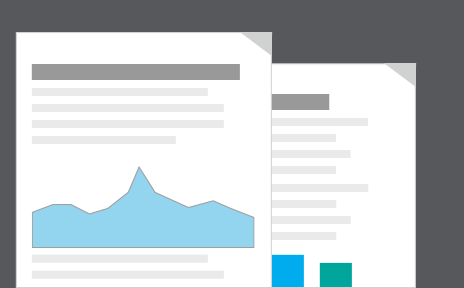Spotlight

Births in England and Wales: 2024 (refreshed populations)
What's in the bulletin?
- In 2024, total fertility rate (TFR) was 1.41 children per woman for England and Wales compared to 1.42 in 2023. The 2024 TFR represents the lowest value on record for the 3rd year in a row.
- Two regions experienced an increase in TFR, the first regional increases since 2021; the West Midlands increased from 1.56 in 2023 to 1.59 in 2024, London increased from 1.33 in 2023 to 1.35 in 2024.
- The standardised mean ages (SMAs) of mothers and fathers both increased by 0.1 years in 2024, placing mothers’ SMA at 31.0 and fathers’ SMA at 33.9.

Baby names in England and Wales: 2023
What's in the bulletin?
- In 2023, the three most popular names for baby girls in England and Wales were Olivia, Amelia and Isla, remaining unchanged since 2022.
- Muhammad has overtaken Noah as the top name for baby boys in England and Wales, followed by Noah and Oliver; Muhammad was the second most popular name in 2022 and has been in the top 10 most popular names for baby boys in England and Wales since 2016.
- Olivia was the most popular girls' name in five out of nine regions in England and the most popular in Wales, while Muhammad was the most popular boys' name in four out of nine regions in England and was ranked 63rd in Wales.
Datasets related to Live births
-
Quarterly births in England and Wales, provisional
Quarterly live births, stillbirths, maternities and stillbirth rates by gestational age, age of mother, ethnicity, and area deprivation, for England and Wales.
-
Births in England and Wales: linked births
Annual live births and stillbirths in England and Wales by factors including socio-economic classification, gestational age, birthweight, and ethnicity.
-
Births in England and Wales: birth registrations
Annual live births, stillbirths, maternities, and fertility rates in England and Wales by factors including registration, place of birth, and deprivation.
-
Baby names for boys in England and Wales
Rank and count of the top names for baby boys, changes in rank since the previous year and breakdown by country, region, mother's age and month of birth.
-
Baby names for girls in England and Wales
Rank and count of the top names for baby girls, changes in rank since the previous year and breakdown by country, region, mother's age and month of birth.
-
Parents’ country of birth
Annual data on live births in England and Wales by parents' country of birth.
Publications related to Live births
Statistical bulletins
-
Births in England and Wales: 2024 (refreshed populations)
Annual live births, stillbirths, maternities, and fertility rates in England and Wales by factors including parent age, parent country of birth, ethnicity, deprivation, gestational age and birthweight.
-
Baby names in England and Wales: 2023
Most popular first names for baby girls and boys in 2023 using birth registration data.
-
Childbearing for women born in different years, England and Wales: 2023
The changing composition of families over time, comparing the fertility of women of the same age and the number of children they have had.
-
Birth characteristics in England and Wales: 2022
Annual live births in England and Wales by sex, birthweight, gestational age, ethnicity and month, maternities by place of birth and with multiple births, and stillbirths by age of parents and calendar quarter.
-
Births by parents’ country of birth, England and Wales: 2023
Annual statistics on live births including countries of birth for non-UK-born mothers and fathers.
Articles
-
Births in England and Wales explained
An article to explain the impact the coronavirus (COVID-19) pandemic has had on 2020 births data and the differences between birth registration and birth notification data.
-

Baby names: where you live could shape what you call your baby
Analysis shows that names given to babies differ by local authority within England and Wales.
-
Childbearing by socio-economic status and country of birth of mother
This article explores the relationship between the socio-economic status of women and their fertility and, in particular, examines how this differs for UK born women compared with non-UK born women. How is a woman’s socio-economic status associated with her childbearing outcomes?
-

How popular is your birthday?
A peak in births in late September show that more babies are conceived in the weeks leading up to and days after Christmas than at any other time of the year.
Methodology related to Live births
Find, compare and visualise statistics about places within the United Kingdom.
